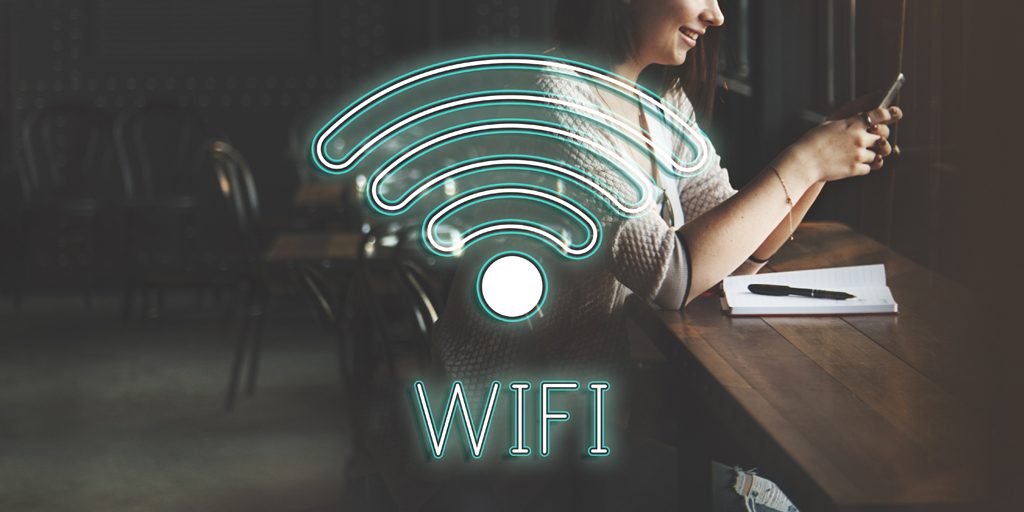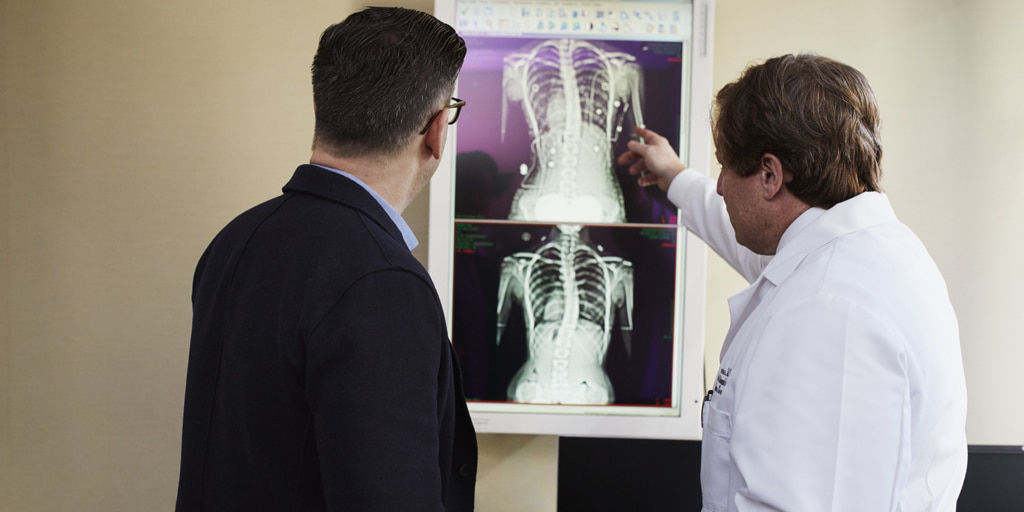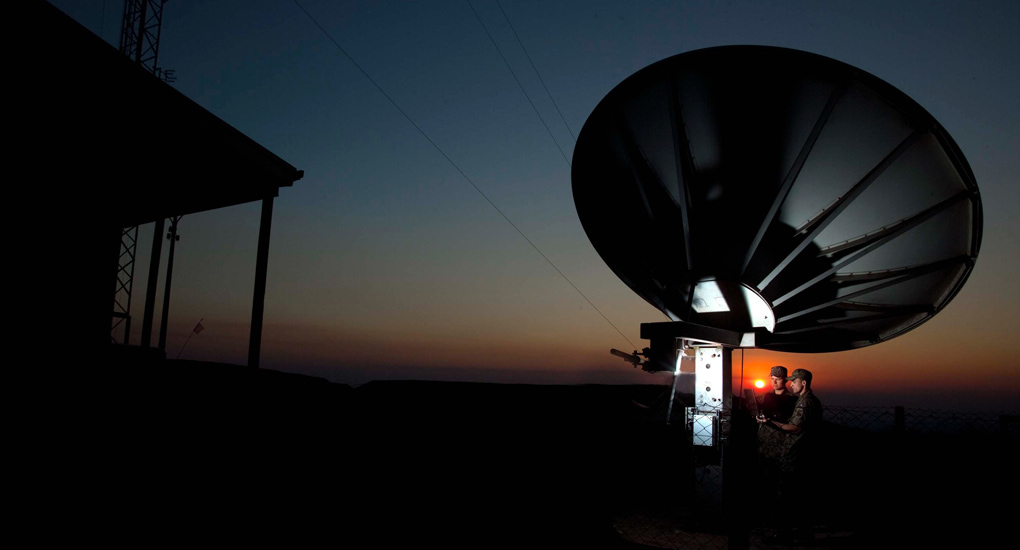When you hear the term “microwave,” what’s the first thing that comes to mind? If you’re like most people, you’re probably thinking about the microwave oven in your kitchen. But, did you know that the term encompasses so much more?
Microwaves refer to specific kinds of electromagnetic waves and are characterized by long wavelengths ranging between 0.04 and 12 inches, and short frequencies of up to 300 GHz. Microwaves are most suited to transmitting signals that require a large bandwidth.
They are located between radio waves and infrared in the electromagnetic spectrum and have a wide range of practical applications in cooking, communications, and radar. This article explores 10 surprising uses of microwaves that will amaze you!
Though dated, I really enjoyed this explainer video:
1. Long Distance Wireless Transmission
Most wireless transmission systems are based on microwave technology. They are suitable for transmitting signals over long distances as long as there are no obstacles or buildings in between that could attenuate, block, absorb, or reflect the beam.
As long as the transmitter and receiver are within line-of-sight of each other, microwave antennas will be able to communicate. For this reason, antennae are usually positioned high up on tall standalone masts.
One downside of microwaves, however, is that their masts can’t be positioned too far from each other since the earth’s terrain plays a major role in how effective their transmission is. The curvature of the earth or the presence of hills can hamper the beams.
2. Satellite Communication
Ever wondered how astronauts in space get to communicate with their families back home while they spend countless months orbiting the earth? They do it through microwaves.
Satellites can transmit signals to the earth using microwaves. Unlike other waves in the electromagnetic spectrum, they can bypass the atmosphere through the ionosphere to relay information.
Examples of satellite communication using microwaves include radio and television program transmission, earth monitoring for weather information, and international phone calls. To reduce the diffraction potential of the wave, the microwave wavelength must be smaller than the diameter of the dish. The satellite dish also needs to be made of metal since metallic surfaces help to reflect microwaves too.
3. Cell Phone Communication
Microwaves are used as a medium for transmitting information between mobile devices. When you send a message, voice call, a video clip, or a photo, this information is transformed into signals which are then sent through microwaves to the nearest cell tower. It is at this point that the signal gets transmitted to the intended destination device.
These signals are sent as small continuous bursts of information in a very short time. The best part is they don’t require any cable connections between communicating devices to make this happen.
Mobile subscribers also have access to a wide range of channels, which increases the network’s capacity for the ever-growing number of subscribers without running the risk of interference. So, the next time you receive a phone call on your cell phone remember: Microwaves made it happen.
4. Wi-Fi

Have you ever wondered why your smartphone loses Wi-Fi connectivity every time you’re using the microwave? It’s no coincidence. It’s because they are both the same thing. They operate on the same frequency bands of the electromagnetic spectrum.
Wi-Fi is short for wireless fidelity and refers to the ability of Wi-Fi microwaves to operate at different frequencies. Technically, the word “microwave” refers to a class of waves that operate in the microwave range of the electromagnetic spectrum.
For instance, Wi-Fi signals from laptops are usually transmitted at 2.4 GHz. This frequency falls within the microwave range of the spectrum, which is between 300 MHz and 300 GHz.
5. Global Positioning System (GPS)
It’s hard to imagine how humanity survived without GPS in the era before smartphones. Gone are the days when it was easier to pull teeth than it was to get directions to a place you have never been to before.
GPS is a remarkable technology that uses satellites orbiting the earth to broadcast microwave signals and determine the precise location of a moving or stationary object in addition to determining its velocity.
The system is controlled and operated by the US Department of Defense and has a large array of applications for both the general public and the military. The information transmitted over microwave signals contains data on the satellite range as well as navigation messages.
6. Radar
Ever wondered how the police radar gun works to calculate the speed of a vehicle? The answer to this lies in microwaves. The device sends out short bursts of microwaves. When these outgoing waves hit the vehicle, they get reflected and are detected by the gun receiver. This is what ultimately computes the speed of the vehicle based on the distance traveled by the microwaves and time it took to receive the reflected signal.
The application of the Radio Detection and Ranging – radar – system isn’t just limited to radio speed guns. It is widely used to provide information on the angle, range, or velocity of objects in the air, sea or terrain. So, it can detect ships out at sea, guided missiles, air crafts, space crafts, terrain, etc.
It was originally developed during the Second World War. Microwaves are used in radar because they can be transmitted as a single beam in a particular direction. Objects are detected when the straight-line path of the microwave beam is obstructed.
7. Microwave Ovens
Oh, how the Stone Age man would have loved the convenience modern-day microwaves ovens have to offer. It’s no coincidence though that they are called “microwaves” after all, they use microwave technology to heat your food.
These electronics became widely popular in the 1970s when this seemingly magical box could heat food and even cook it without any visible heat source. It was mind-blowing. Today, however, information about how microwaves work is accessible to all.
How Microwave Ovens Heat Food
When you place food inside the chamber, microwaves bounce around the oven and heat the food through radiation. The electromagnetic radiation beams excite the molecules within the food which heats it. Since microwaves only travel in a single direction, the plate of food has to be rotated for every part of it to get heated. This is how microwave ovens heat food.
Even we can reach boiling temperature (boiling water) within a minute if we use a microwave. Actually microwaves pass through water molecules and excite them to produce heat.
How Microwave Ovens Cook Food ?
Many of us may think that prolonged cooking time in microwave ovens isn’t good because it absorb microwaves and heat energy. Microwaves ovens have high heat transfer rate. These can generate microwaves (10k+) per square centimeter (higher than conventional oven). That’s why conventional cooking time is higher.
Everyone discourages using plastic containers in the microwave ovens. High Microwave frequencies may may release some toxic elements while heating food.
Is Microwave Safe?
Microwave cooking is safe if we follow the rules. We should use microwave safe containers. It’s more energy efficient than conventional ovens. Another myth is that microwave lowers nutritional value of the food cooked. Food items are boiled and cooked at higher temperature. Microwaves heat foods using shortest radio waves which can penetrate food items easily.
8. Bluetooth
Did you know that Bluetooth and your microwave oven share the same frequency range on the spectrum? Both operate at around 2.4 and 2.48 GHz. It is for this reason that Bluetooth is classified as a microwave.
It uses short-range microwave signals to connect two devices, thus eliminating the need to use unsightly cables and wires. It uses a technique known as spread spectrum frequency hopping in which signals rapidly change carriers over many different frequency channels.
The sequence in which this is done is usually random but known to both receiver and transmitter. It eliminates any possibility of interference with any other device.
Wondering if that Bluetooth headphone is safe to have in your ear all day? Read more here.
9. Medical Uses

If you thought that only X-rays had their applications in the medical field, guess again. Microwaves are now being widely used in numerous medical applications. Some of these include:
- Cardiology
- Oncology
- Rhizotomy
- Cosmetic treatments
- Gynecology
- Dental treatments
- Otolaryngology
- Ophthalmology
Microwaves cause heating. This property has been harnessed to create targeted dielectric thermal desiccation of human tissue. This process is referred to as microwave ablation.
It introduced a new way of fighting cancer, especially for patients who make for poor surgical candidates. The best part about it is that it is minimally invasive, which speeds up recovery time significantly. Microwave ablation has gained popularity in the treatment of unwanted masses like lung tumors, prostate cancer and tumors in the liver.
There’s a word called “radiological health” in medical term which means using radio waves to detect abnormalities in our body. Sometimes it refers to the capability of our bodies to absorb the radiation also. From visible light to kitchen appliances and from radar altimeters to our entire universe, radio waves are everywhere. So there’s nothing to be panicked about.
10. Military Weapons
The Pentagon has recently unveiled its latest solution to drone threats: The high-powered microwave (HPM) weapon. Its mode of operation is fairly straightforward.
When enemy drones are detected, the HPM would be directed towards the sky and several blasts of microwave radiation released. This action would essentially sweep the sky, frying any drones in its path. This is a more effective anti-drone strategy than jammers, guns, or any other kinetic weapons.
One of the benefits of using microwave radiation to eliminate drone threats is that it isn’t dependent on weather conditions, or any other visibility inhibitors. As long as the HPM is powered on, it will keep sending out blasts of microwaves to neutralize any drones in its path.
Microwaves Make the World Go Round
When microwave technology was first used to develop radar systems in World War 2, no one could ever have imagined that it would go on to have so many amazing uses in the post-war era. Today microwaves power nearly everything around us. From facilitating cellular communication to providing a quick, easy, and convenient solution for heating food.
Regardless of its uses, one thing is certain: it’s hard to imagine life without it. There would be no way to communicate with friends or loved ones overseas or heat that leftover pizza slice.
Are you worried about the amount of radiation exposure you’re subjected to daily? Have you thought of using Shungite to block EMF? Read our blog to find out if Shungite can keep our home EMF radiation free.


